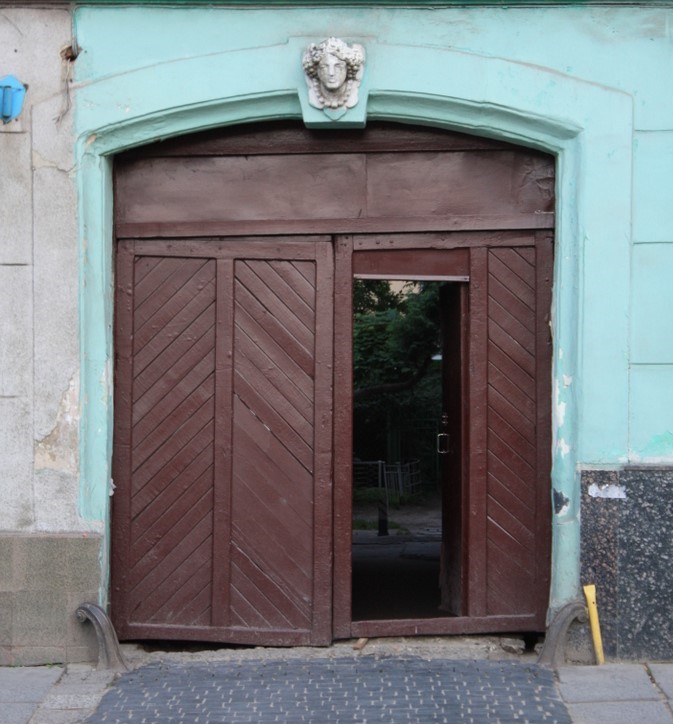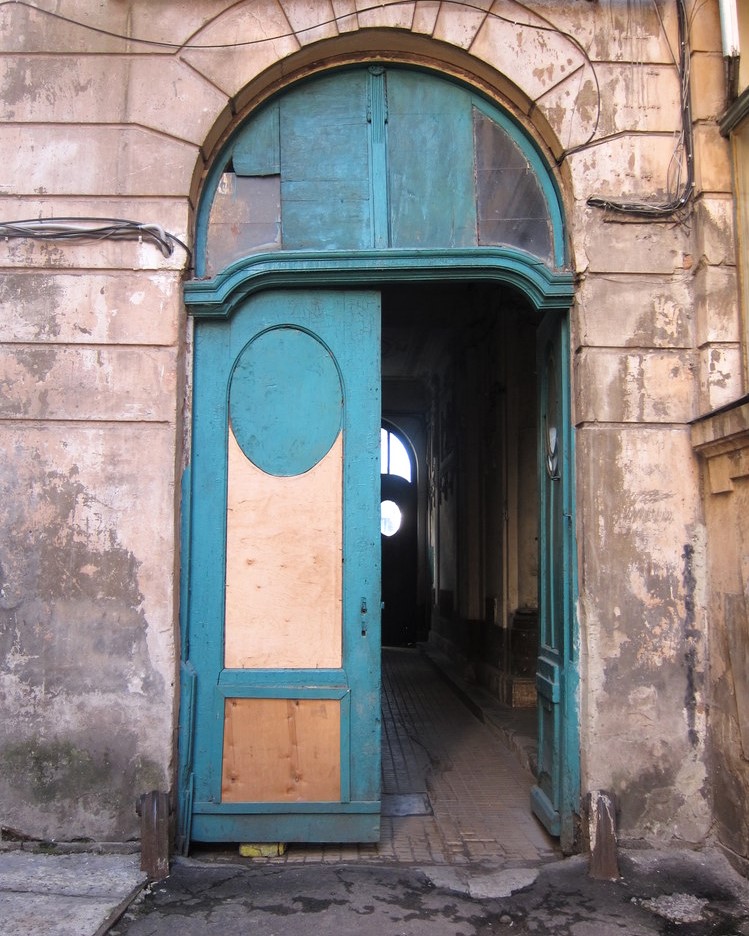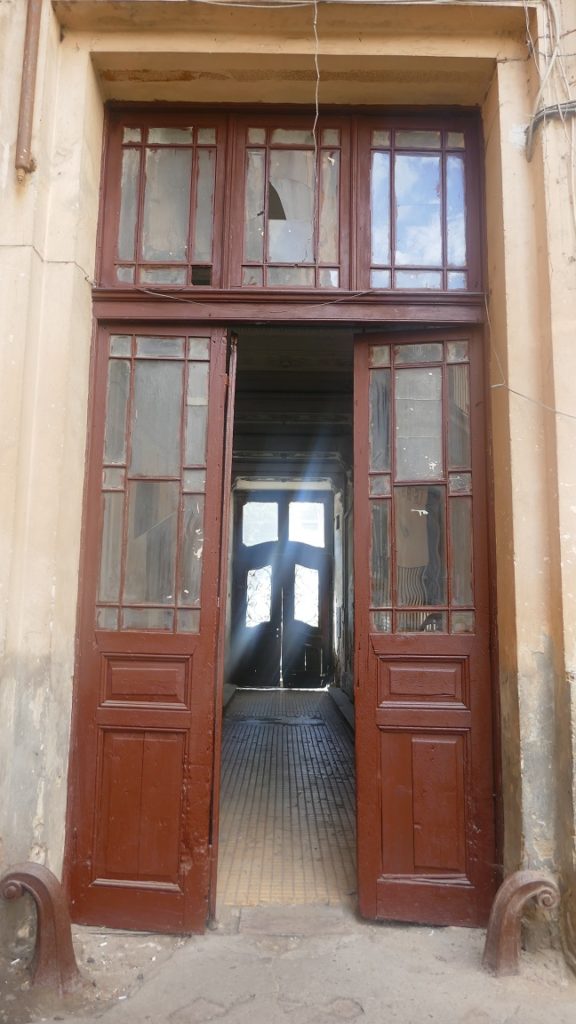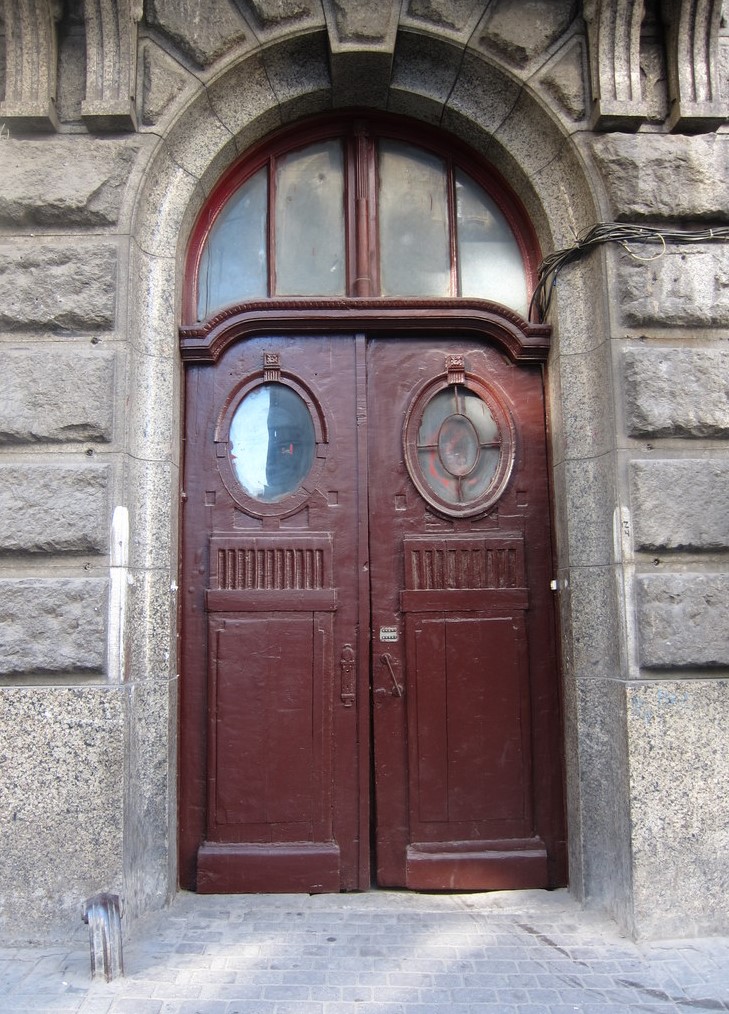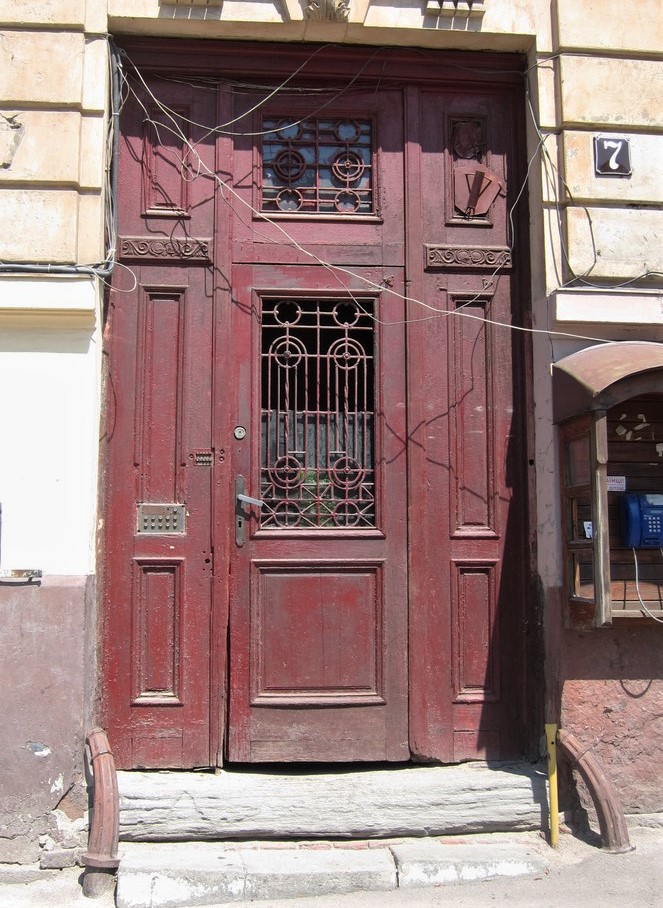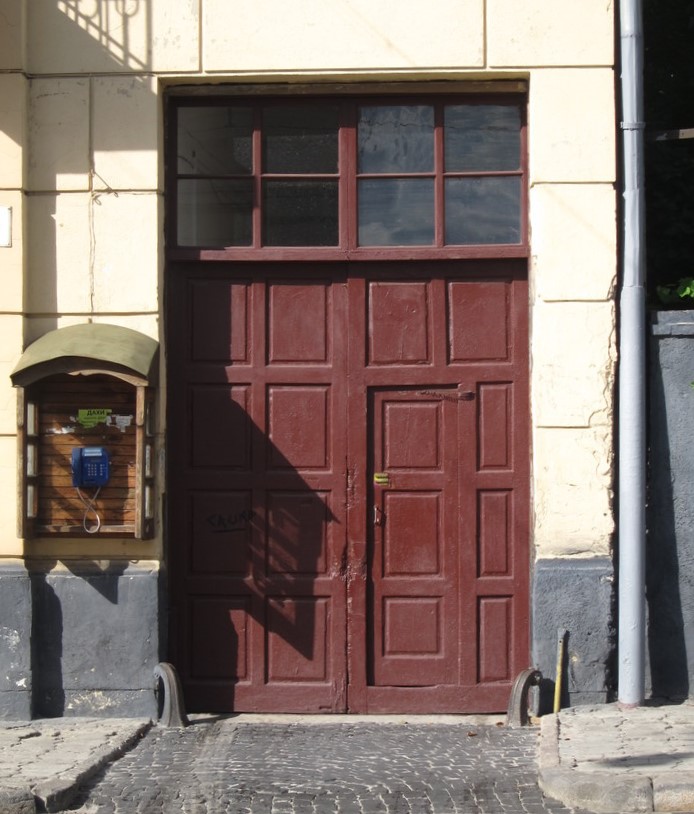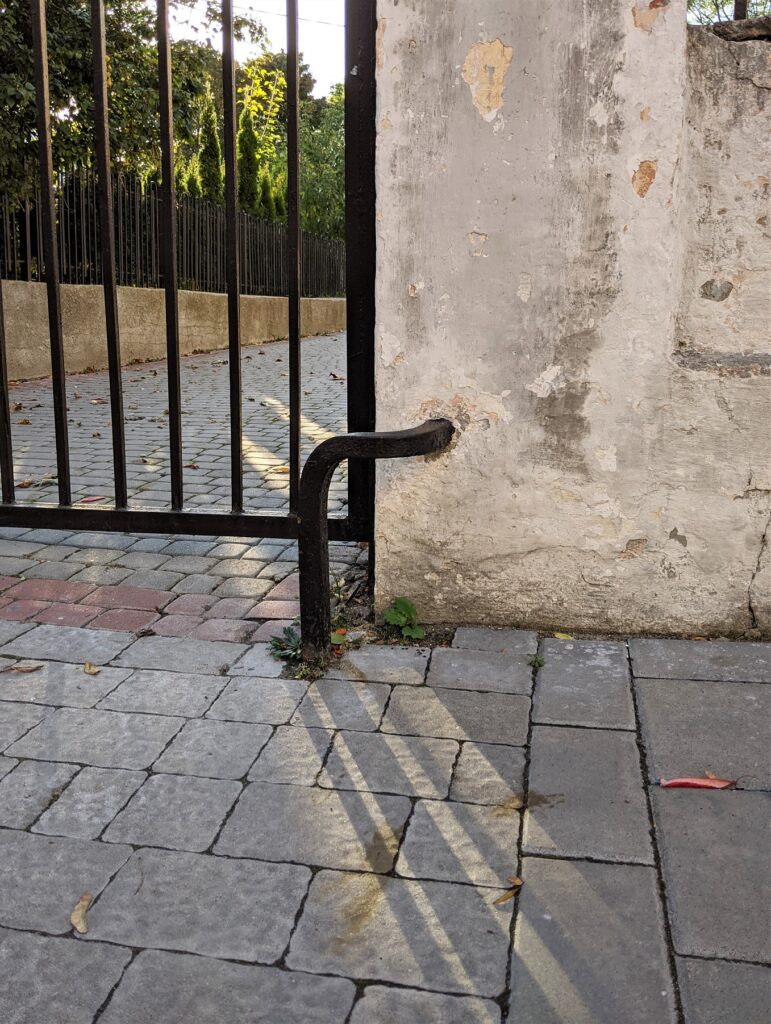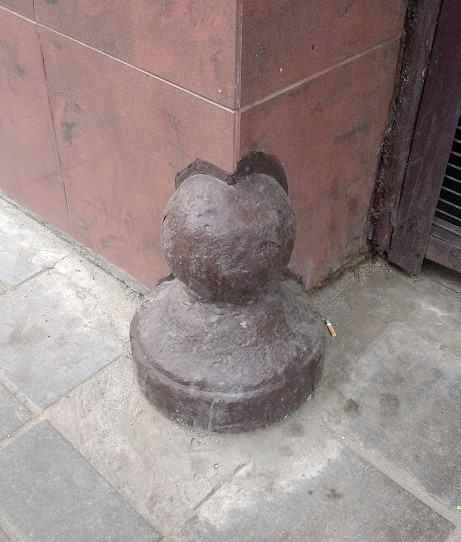Guard stones are exterior architectural elements made of metal, stone, or concrete located at the corners of entryways, carriage driveways, or gateways to protect walls from carriage wheel damage.
Once an important element of the horse-drawn transportation infrastructure, guard stones have become largely obsolete as cars do not pose the same threat to the walls. Unlike modern cars, the wheels and hubs of horse-drawn vehicles protruded beyond the vehicle’s body.
Furthermore, today many of the old driveways have become pedestrian only, again making the guard stones redundant.
Guard stones are found all over the world. Early guard stones are considered cultural heritage objects, and some countries, such as France and Belgium, even protect them under specific heritage regulations.
In Lviv, these traces of the old horse-drawn transportation infrastructure can be found all around the city’s historical districts. The most common are small curved metal posts, but stone and concrete ones can also be found.
In addition to Lviv, I’ve documented them in several other cities in Europe as can be seen via my “guard stones” tag.
Metal Guard Stones
The metal guard stones in Lviv come in various shapes and designs. Some are rather plain, others more elaborate, while others quite phallic in shape.
Some have been partially buried; tips of others have been cemented in walls; yet others became elevated as streets levels changed.
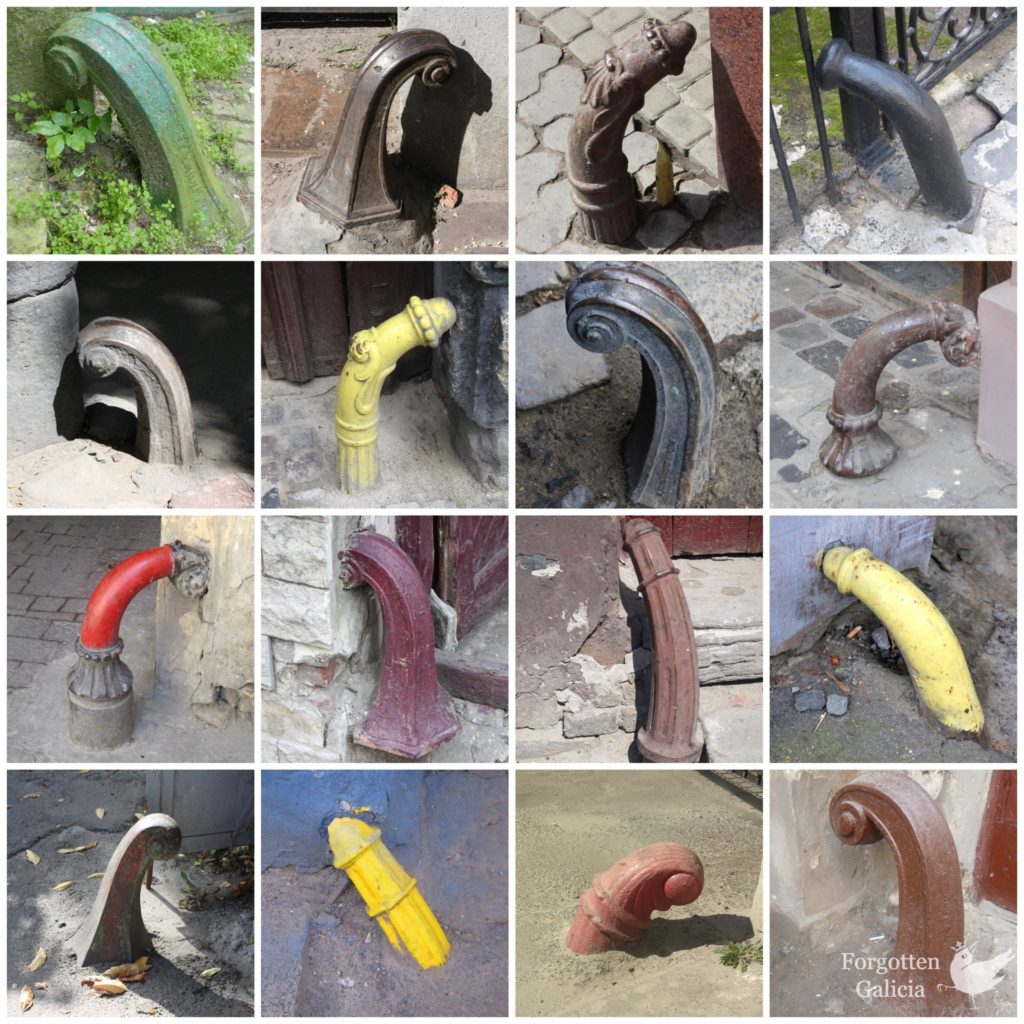
Entryways
Most examples are protecting the entryways into buildings or courtyards.
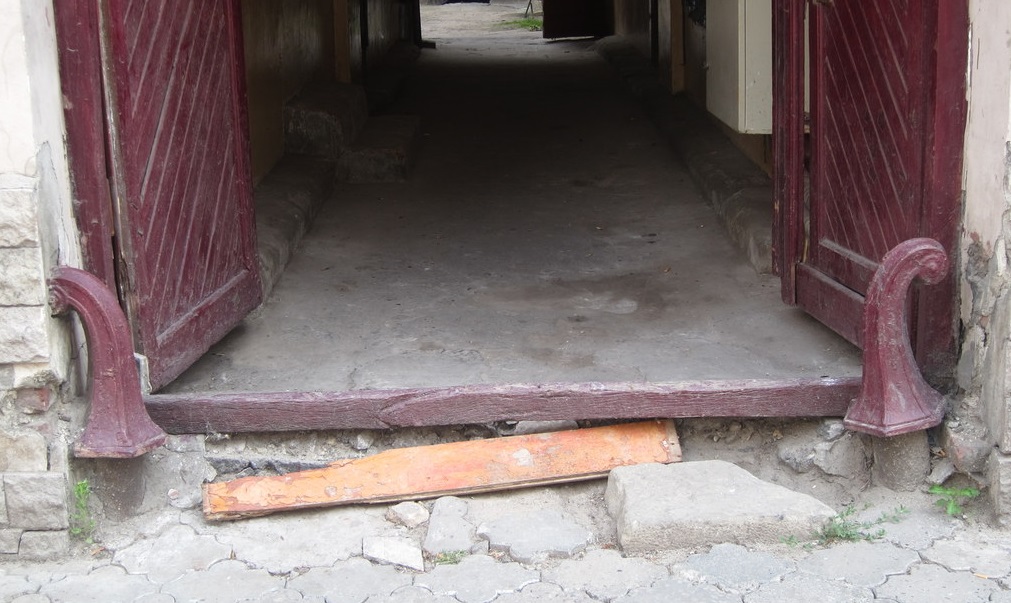
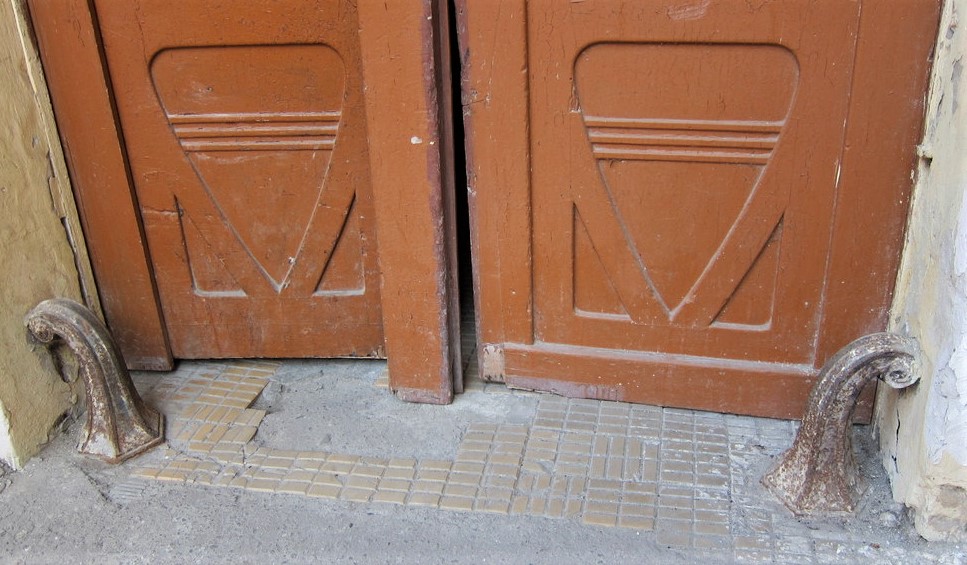
Gateways
Some protect the corners of gates.
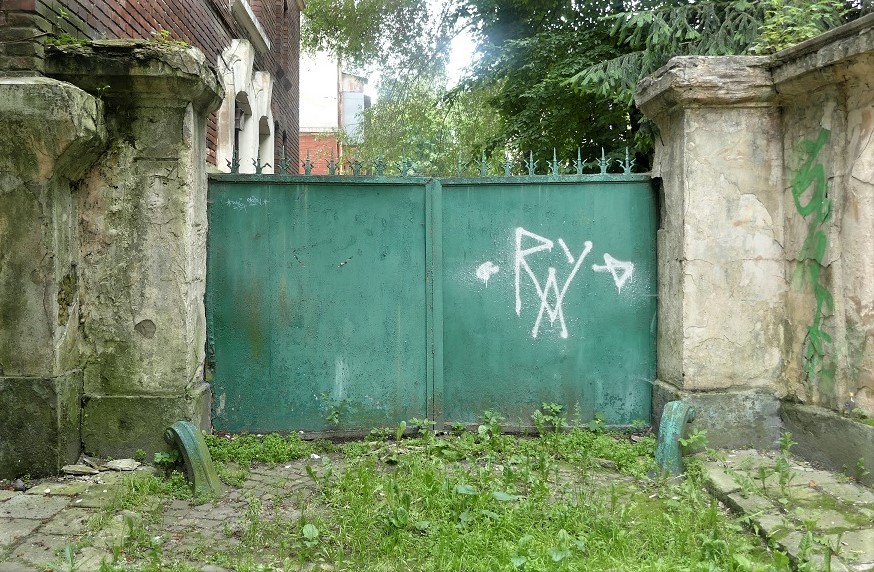
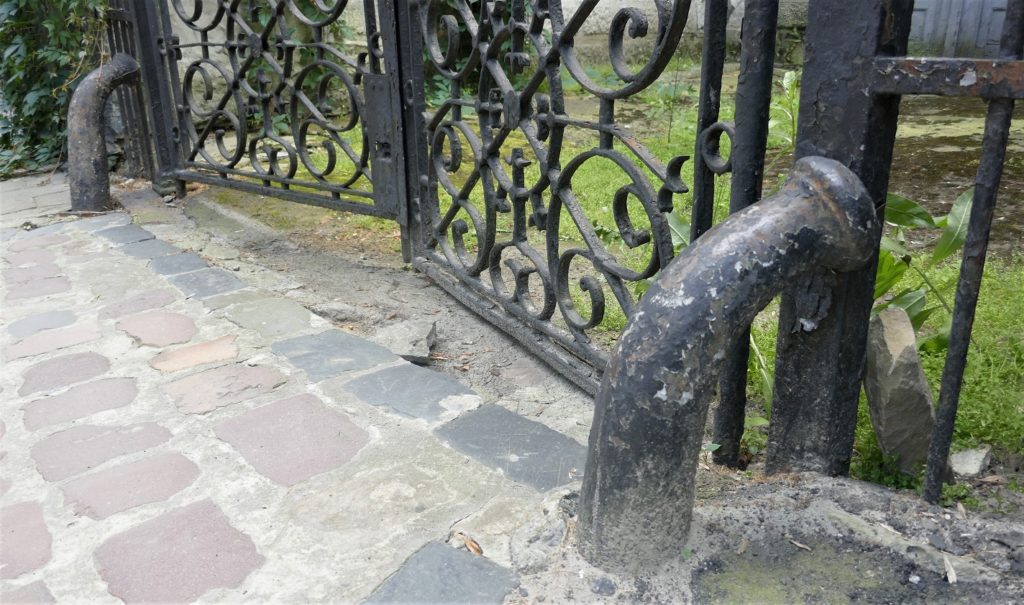
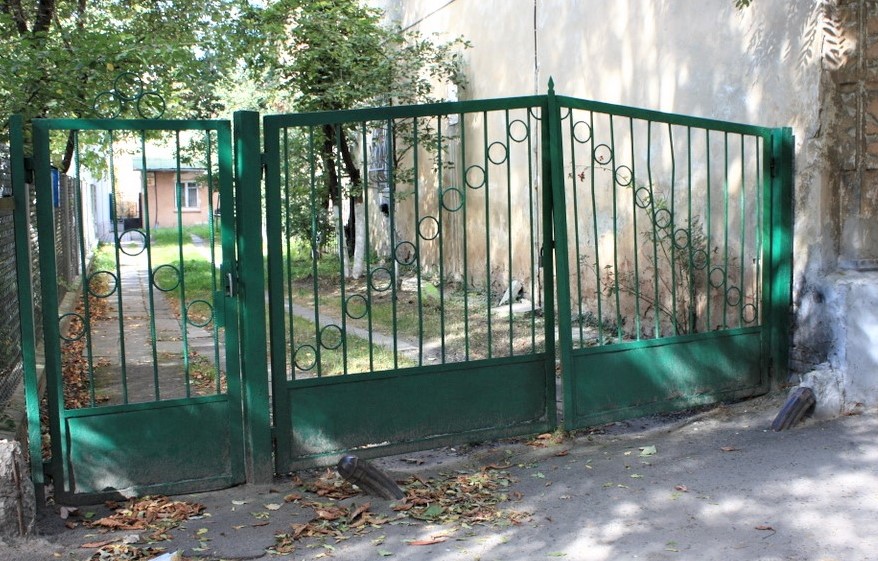

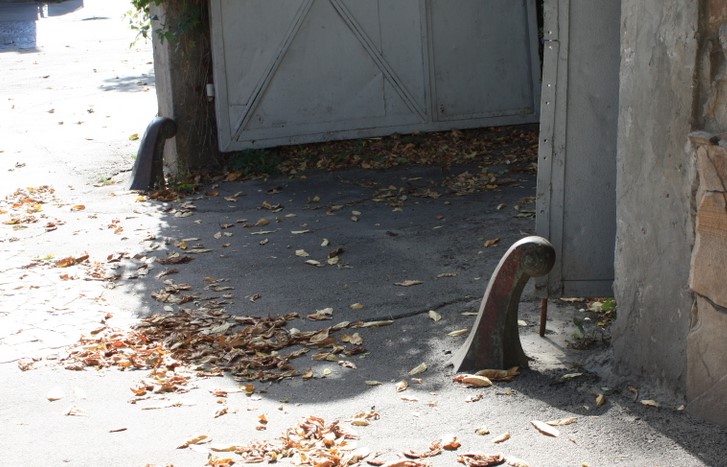
The pair below, dating from 1930-32, protect the sides of a gate that leads into the courtyard of a school designed by Tadeusz Obmiński in the style of functionalism.
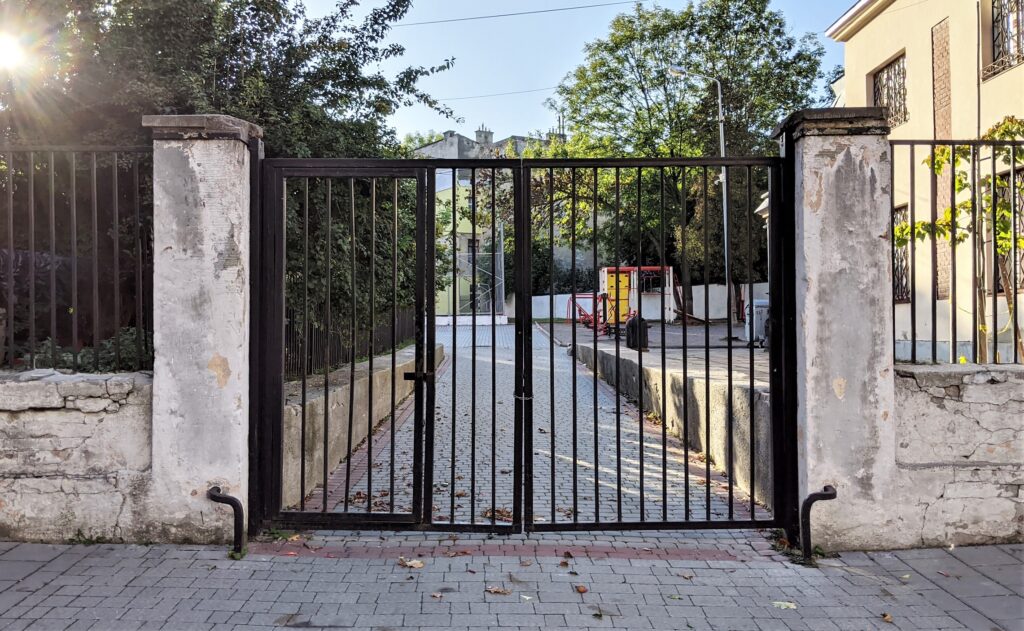
This next one is unique because it is not located at the corner of an entryway, but rather protects a curb in the driveway of an old palace:
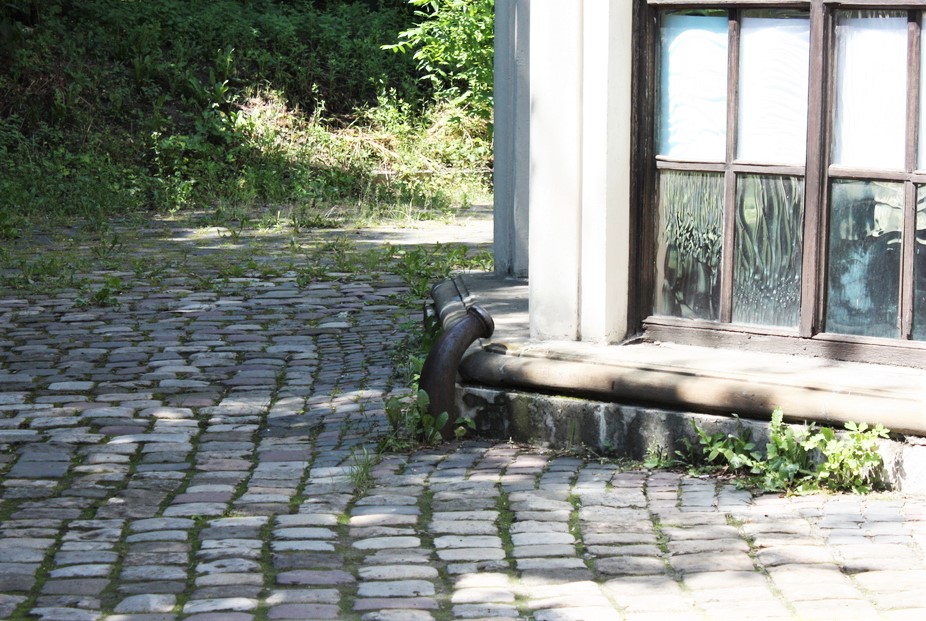
This pair is extra obsolete as the former gateway has been bricked up:

Stone Guard Stones
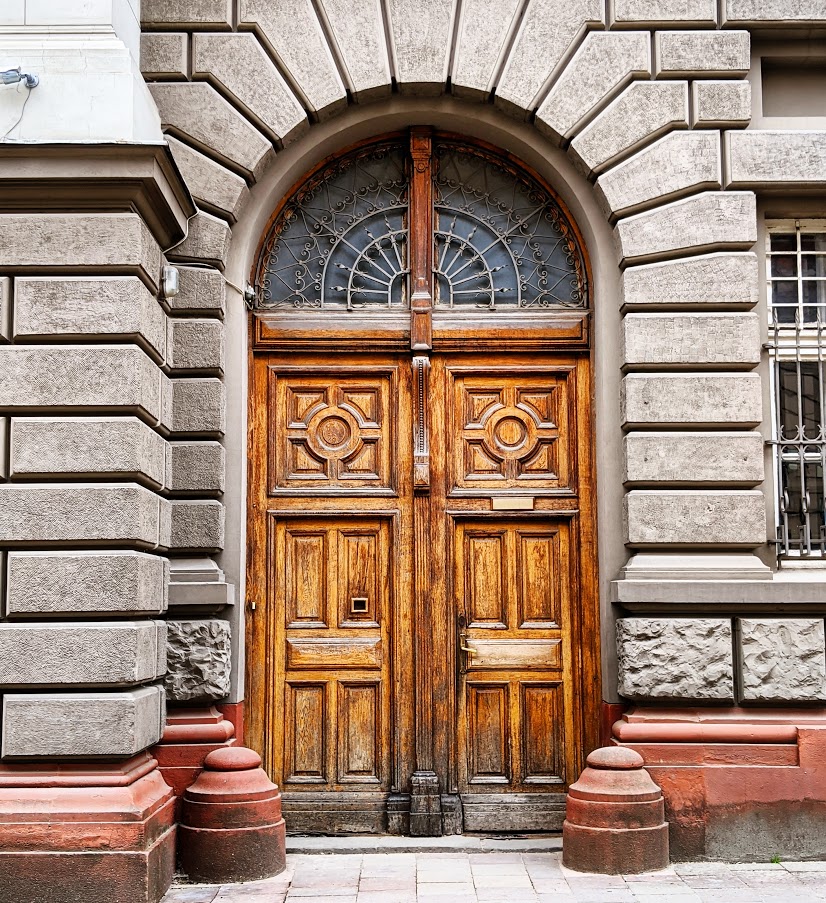
On the other side of the same building as pictured above, the guard stones have been sliced in two:
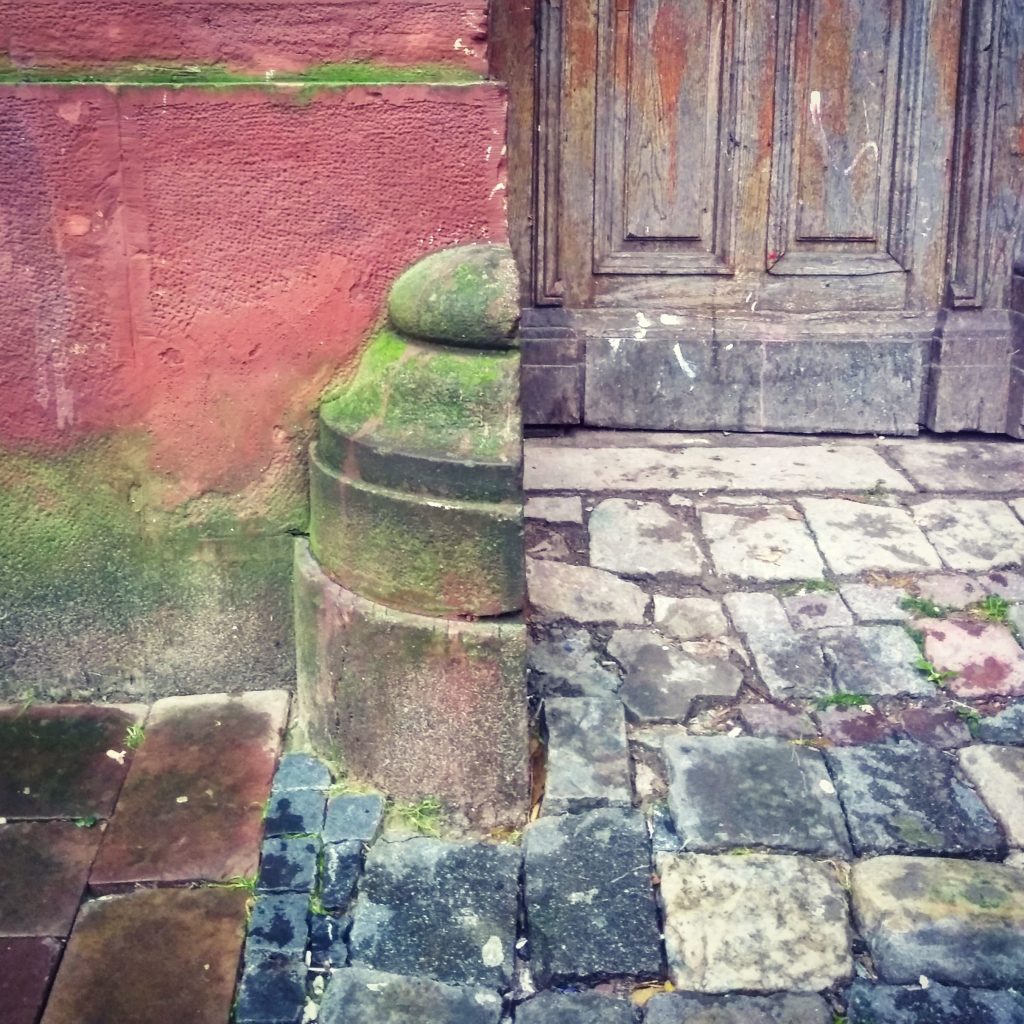

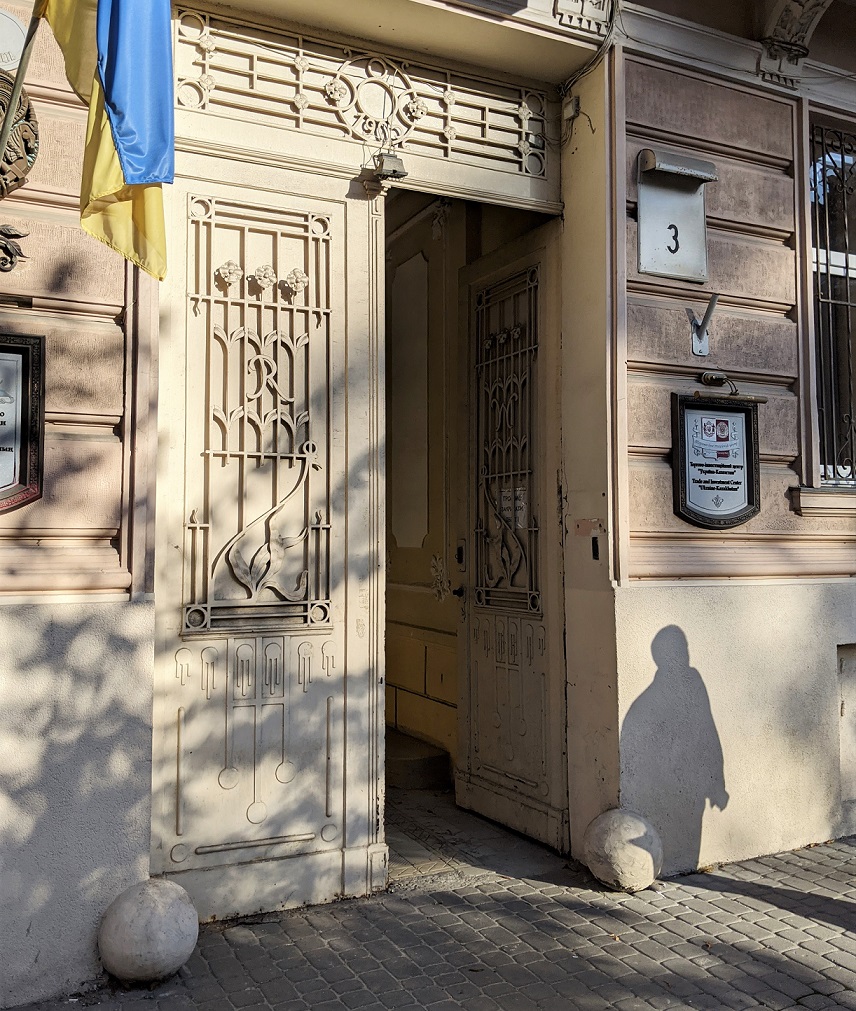




While most examples show guard stones protecting entryways, here one is protecting a building corner:
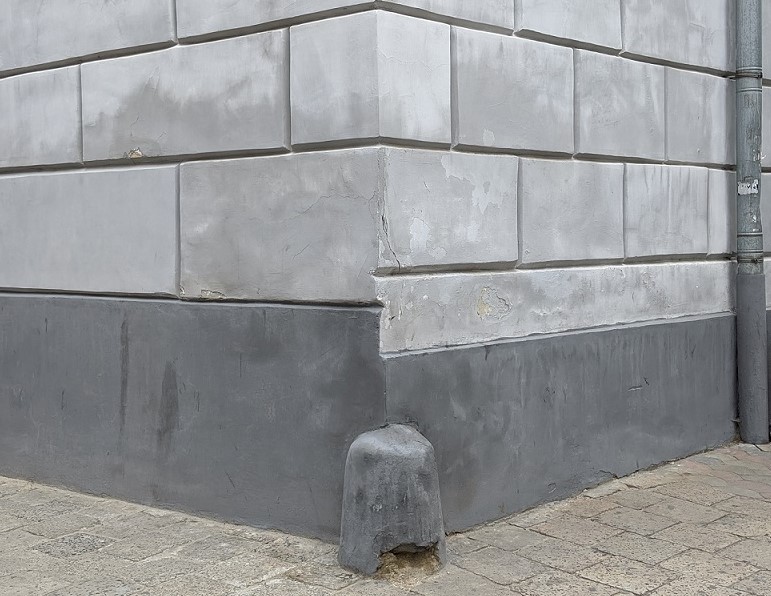
Here the guard stones are elevated — at one point carriages came into the courtyard and passed through this entrance. Now it looks a bit strange with the stairs and elevated guard stones:

Another example of an elevated guard stone:

By Areta Kovalska


